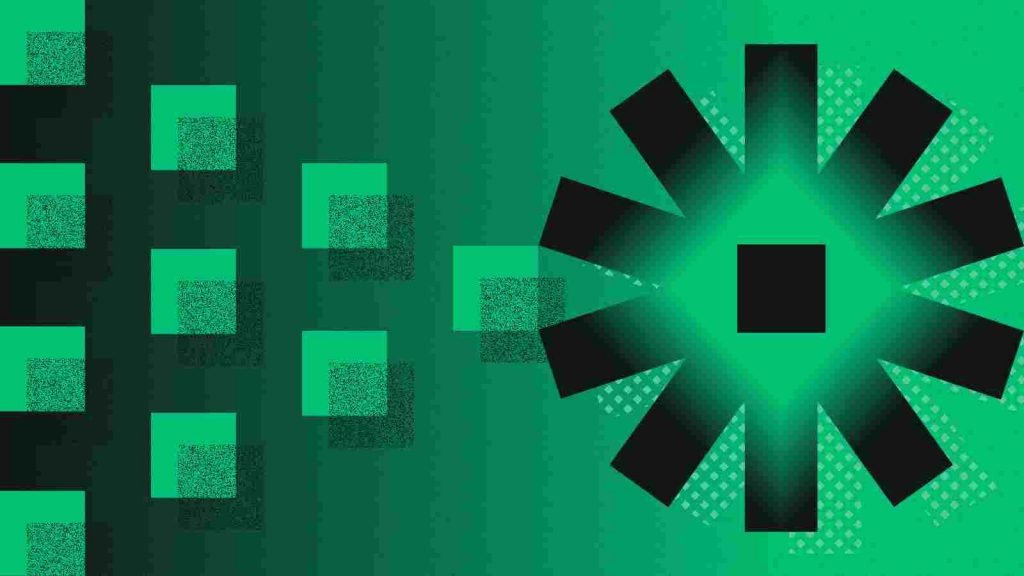This is an elaborative explanation on the two main styles of blockchain consensus algorithm , Proof-of-Work and Proof-of-Stake algorithm.
The world is indeed advancing with the creation of the unique technology called the Blockchain.
Blockchain is a distributed ledger technology, which is immutable and could be used to carry out operations in a decentralized way.
The details of operations are recorded on the Blockchain, to make it viewable to the public.
This revolutionary tool has being adopted into different businesses and sectors of the world, as these systems do not want to be left behind in the ongoing digital revolution.
For every system which has embedded the Blockchain technology into their framework, there has been a great change in their operations, as it refines its entire network and presents more benefits to every user of the system.
It makes one wonder, what makes the Blockchain technology so interesting? How is it designed and with what protocol does it operate.
Well, that’s what we are going to explain.

Blockchain utilizes a consensus mechanism which serves as an approach to reach agreement on the system.
Before now, the Blockchain utilized a consensus algorithm called the Proof-of-Work (PoW).
This consensus mechanism supports trustless payments, as any user can transact and verify the transaction without the need for an intermediary, which would make the transaction costly.
Miners help verify transactions which are seen as blocks, by solving mathematical puzzles. Here, the first miner to solve the problem announces it to the network and is rewarded with digital cash (cryptocurrency) for their effort.
Read Also: The Algorand Wallet is a user friendly mobile app with a new design that includes key features, full integration of Algorand Standard Assets, and best-in-class security with Ledger Nano X integration.
The verified transaction is then made viewable on the Blockchain, for public access.
This is how Proof-of-Work runs as the miners are rewarded based on their works and contributions to the network.
This consensus mechanism (Proof-of-Work) requires high computational power and sophisticated tools, to be able to participate in mining, as it involves great cryptographic computations.
Proof-of-Work type of Blockchain technology was popularly in use, until the emergence of a better consensus called the Proof-of-Stake (PoS).

What is Proof-of-Stake Consensus?
Proof-of-Stake consensus mechanism is an upgraded algorithm, with which miners can mine cryptocurrencies, easily.
It is seen as superior, because unlike the PoW, which requires heavy solving, before a block can be mined and transaction verified, this upgraded consensus mechanism validates blocks on the system.
The validators simply stake their cryptocurrency such as eth, on the system, by locking it up, and then validating blocks.
They wager on the different blocks, to guess which block will be validated. They are rewarded upon the addition of the new block on the network, in accordance to coin that was staked.
So you see? The Proof-of-Stake is easier and more efficient than the Proof-of-Work, no wonder different Blockchain systems are rapidly transitioning into the use of the PoS.
Here are Some of the Advantages of Proof-of-Stake Over Proof-of-Work:
There are key major advantages that the Proof-of-Stake has over Proof-of-Work and it includes:
No Heavy Computations
With the Proof-of-Stake, heavy calculation or solving of difficult mathematical problems is not needed.
Unlike the PoW, where the miners can only carry out their operations with heavy equipment as well as efficient electricity to power the whole process, which obviously makes it costly to implement.
This shows that the Proof-of-Stake is far more efficient and beneficial, as it consumes less energy and is cheaper to run. Isn’t this wonderful? PoS makes block validation, efficient and less stressful.
Better Reward System
The reward system of the Proof-of-Stake mechanism is far more better than the regular PoW.
This is because the miners on PoW, in most cases end up not getting any reward when they are unable to solve the problems, as it depends on their ability to solve mathematical problems to mine blocks.
But, PoS depends solely on the amount of coin the validators have, due to its staking design. That means, a validator who stakes more coins, gets rewarded with more reward, from what was staked.
More reason why digital systems are changing into the use of PoS.
Less Chance of Attack
The design and style used in the operation of the Proof-of-Stake makes it difficult to be attacked.
Since, there is no delegated group where an attack can be projected and the validators cannot afford an attack on the network, as it jeopardizes their assets too.
This change in consensus algorithm is a turnaround for the Blockchain systems, the digital system needs a Blockchain which will give the full benefits of PoS to the global users.
Algorand Protocol is the Perfect Fit:

Algorand is a Blockchain system which has developed a superior Blockchain called the Algorand Protocol.
Algorand Protocol is a Pure Proof-of-Stake Blockchain, created on the Byzantine consensus, to make validation of Blocks easier.
By being a Pure Proof-of-Stake (PoS) algorithm, users earn mining rewards, in accordance with the number of coins they staked on the network.
Read Also: This is a deep explanation on Algorand’s Layer-1 innovation, it’s use cases, and smart-Contract architecture.
The users are then chosen anonymously and randomly, to propose and validate blocks, and a user with a great number of coins, has the propensity to be chosen.
You see? The Algorand PPoS makes cryptocurrency mining to be fair and more reliable to every validator on its system.
The Algorand protocol solves the issue of security of the system through its use of the PPoS, as it is practically impossible for users who only staked a little amount of coin, to attack or manipulate the system.
This is because these users possess very little voting and validating power on the system to be able to carry out 50% attack.
The users who stake more coins on the other hand, cannot damage the system either, as it would mean a great loss to them too, being that they own most of the coins on the network.
On the Algorand system, mining is not restricted by any means, anyone can participate, as it requires no heavy input, such as sophisticated tools or high cost of operation.
All one needs is to stake their coin, and then get started as a validator on the system. Isn’t that wonderful?
Additionally, unlike the PoW which takes forever to process, the Algorand PPoS produces blocks with a lightning fast speed, making it suitable to be used on every system.
One of the intriguing things about the Algorand protocol is that every coin staked on its system is fully controlled by the user, and so they choose what to do with it, either to keep it staked or to spend it.
The Algorand Protocol has the upper hand, when it comes to the consensus mechanism which it uses, as it takes away the flaws experienced in the Blockchain.
Conclusion:
PoS is a better kind of consensus, that introduces more gains to every user of the Blockchain.
The Algorand platform effects this change from the inefficient Proof-of-Work to a PPoS.
With a system such as Algorand, the Blockchain is profittable to use with great security, scalability, decentralization and confidentiality.
Written by Tochukwu Emmanuel, a blockchain enthusiast and crypto brand ambassador
Discover more from DiutoCoinNews
Subscribe to get the latest posts sent to your email.















